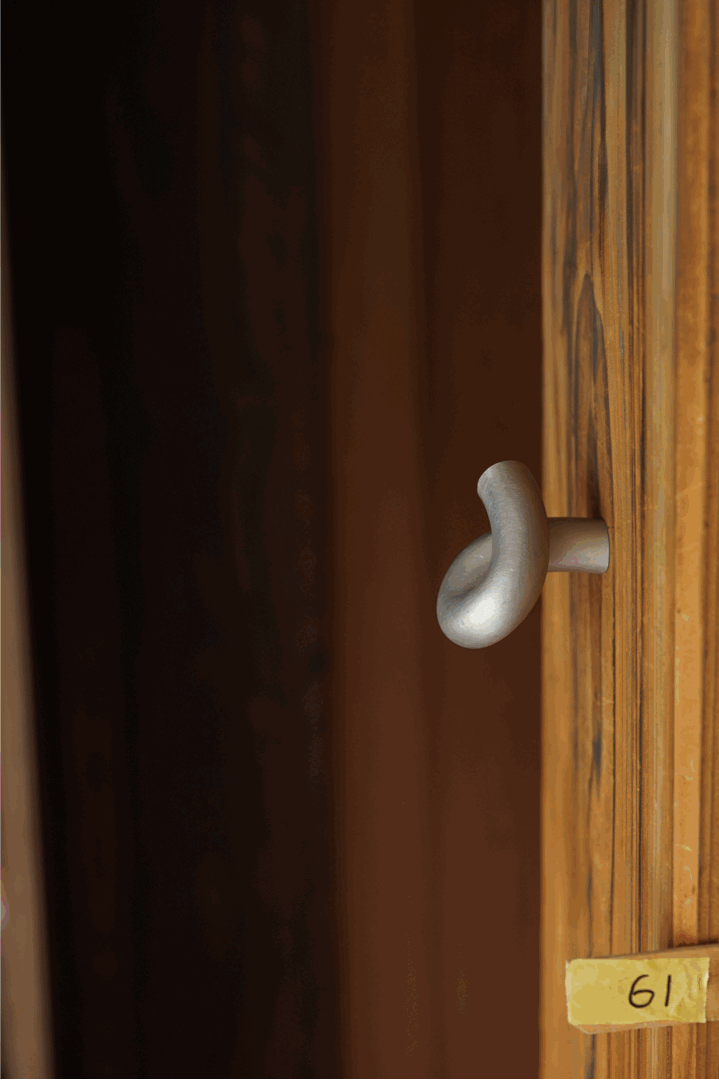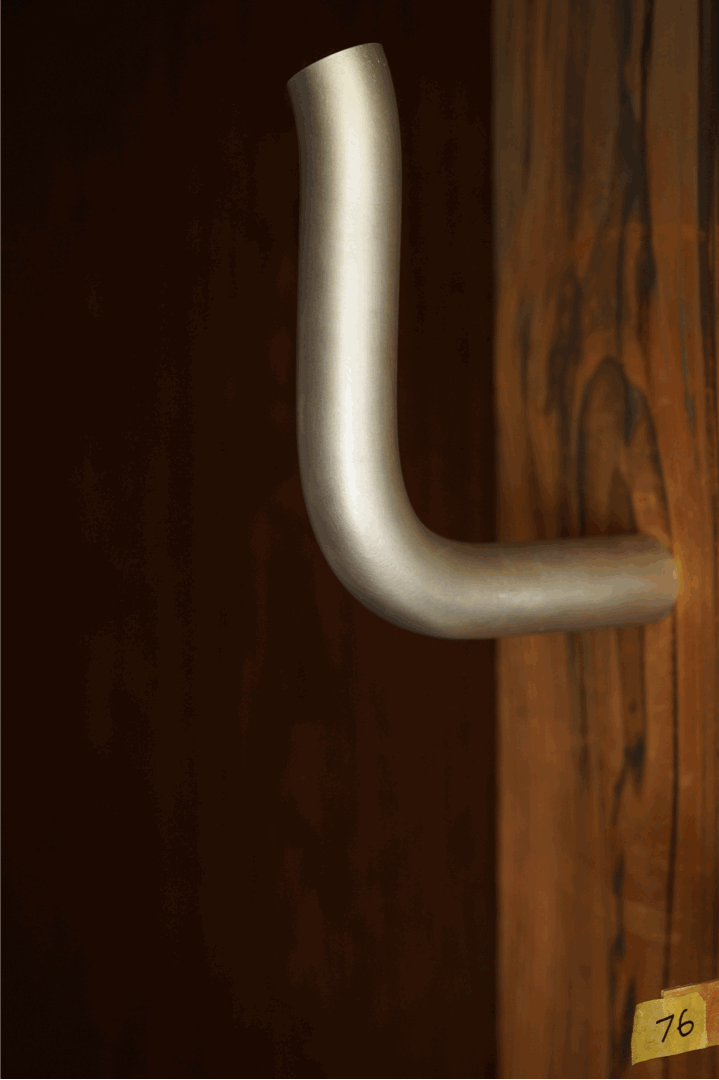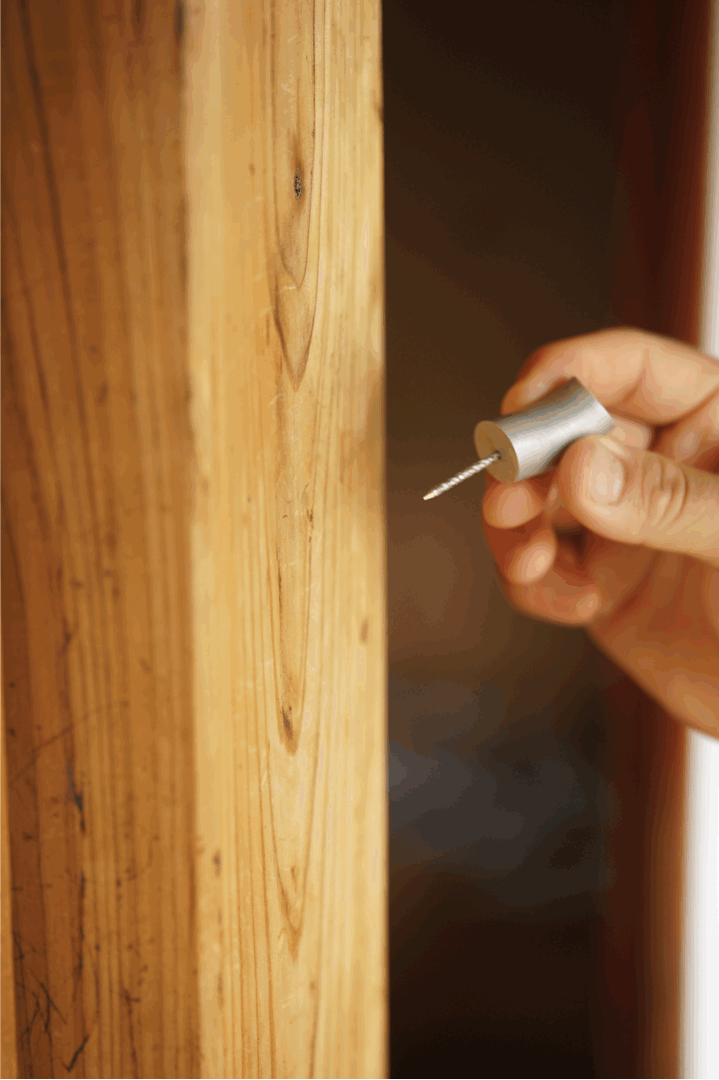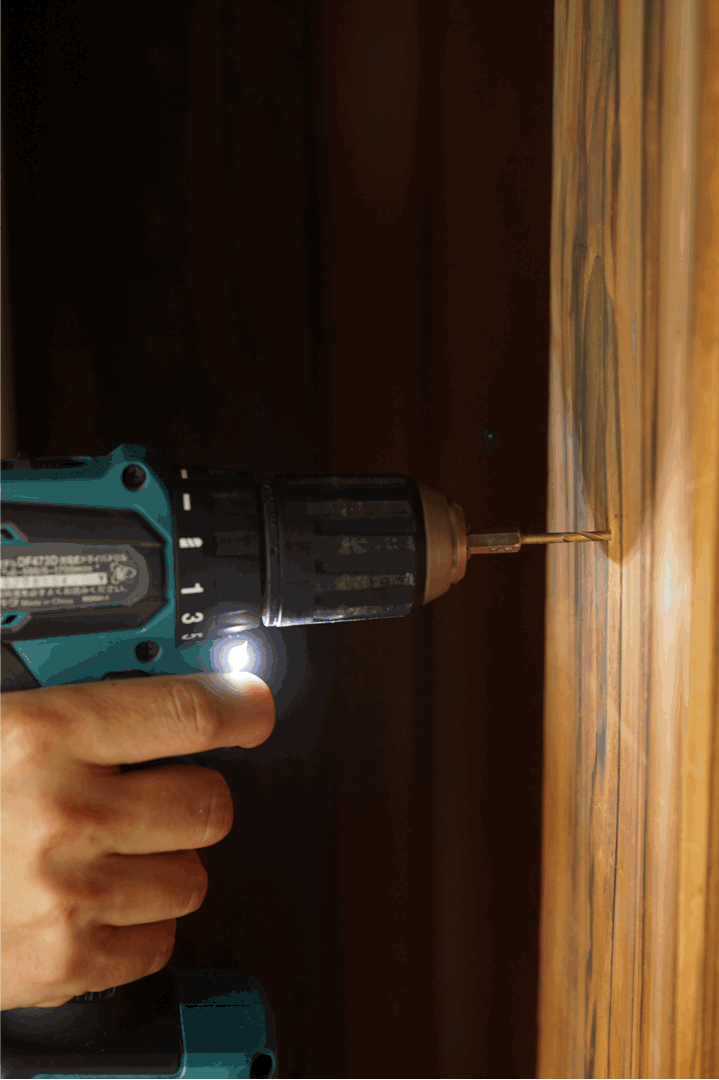1~19
20~60




61~74,77
76,78,79
画鋲式
1~17 ¥4,400
ネジ式
18~19 ¥5,500
20~39 ¥8,800
40~60 ¥16,500
61~67 ¥14,400
68~73 ¥19,800
74 ¥33,000
75 ¥44,000
76~77 ¥55,000
78~79 ¥88,000
置物
80 ¥110,000
81 ¥330,000
82 ¥22,000
その他色々あります

75,80~82
画鋲式の取り付け方
Pushpin-type installation method
ネジ式の取り付け方
Screw-type installation method


下穴を開けると取り付けしやすいです
壁の強度を確認してお取り付けください
Drilling a pilot hole makes installation easier.
Please check the wall strength before mounting.
WaNaの選択
・お互いに無理のない方法
・個人的な実感を軸にする
・状況やタイミングによって感じ方は変わる
・他者と関わる余地を持つ
WaNa shopでは、作品制作、企画、撮影、販売を自分たちの自主的な選択によって試行します。
活動が無理のあるものにならないように、その都度感じたことを話し合うことを大切にしています。
何をするにしても、何かをすることは選択の連続です。
WaNaの選択の軸は”個人的な実感のある必然性”にあると思っています。
客観的でなくても本人主体の感性や判断は尊重し、その反面、実感を伴っていなさそうな方向性はその前提に立ち返って確認します。
無意識に引っ張られる”良さ”の参照元が何であるのかを点検するのは面白い作業です。
今年から拠点を移した山梨の家は、渡部の高祖父母の代から続く家屋です。
この家にはその都度継ぎ足されてきた生活感があります。
この家には兄弟が子供を連れて帰省したり、祖父母の法事をしたりという用途もあり、
自分たちの良し悪しだけでは判断できない制約が、逆に自分たちらしい選択肢を与えてくれます。
The Choices Behind WaNa
-
A way of working that doesn’t overstrain either of us
-
To follow a personally meaningful sense of necessity
-
Feelings that shift with timing and circumstance
-
Openness to involvement with others
At WaNa shop, we approach making, planning, photographing, and selling our work through choices we make on our own terms.
We value taking the time to talk through what we’re feeling as we go, so the work never becomes something unsustainable.
Whatever you do, it's a series of choices.
At the core of WaNa’s choices is what we call a “sense of personal necessity”—something that feels essential not in a universal or objective sense, but one grounded in our own intuition and experience.
Even if it’s not easily explained to others, we try to respect decisions that feel right to the person making them.
At the same time, when a direction seems disconnected from that inner sense, we return to the foundation and reassess.
Examining what standards of “good” are unconsciously influencing us—and where they come from—is a process we find both revealing and interesting.
This year, we moved our base of activity to a house in Yamanashi that has belonged to Watanabe’s family since the time of his great-great-grandparents.
The home carries traces of a life layered over generations—things added over time, signs of care and use.
It’s also a house that serves many purposes: a place where siblings return with their children, where family gatherings and memorials are held.
Because of that, there are constraints we can’t simply override with our own preferences.
But those very limitations have offered us new paths that feel distinctly our own.











